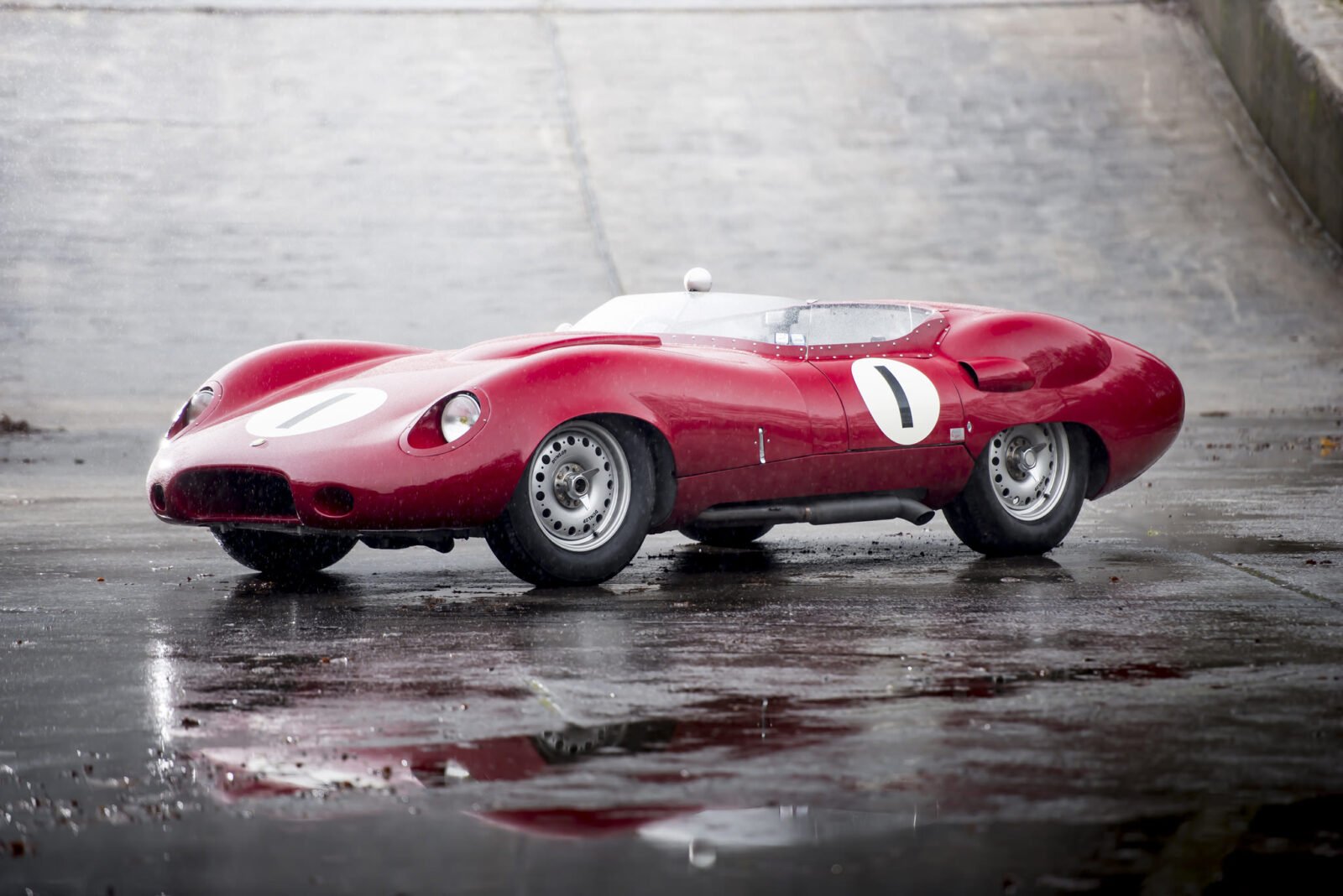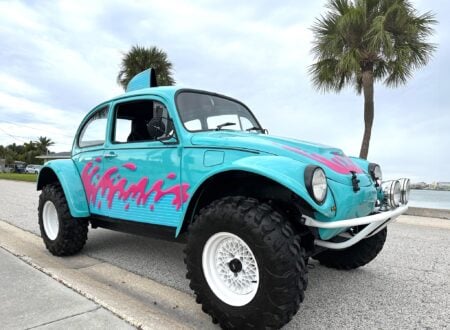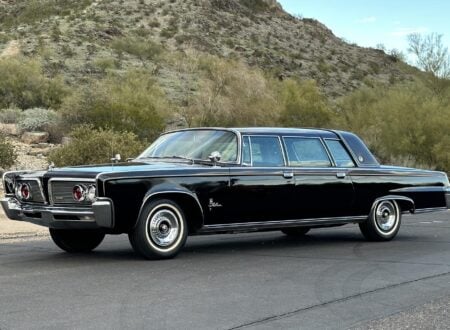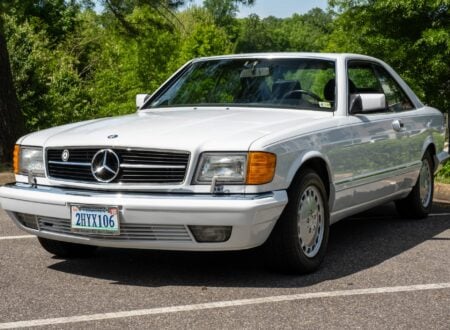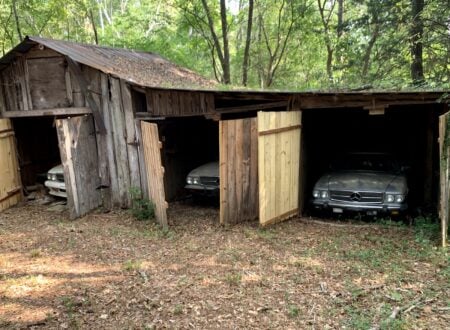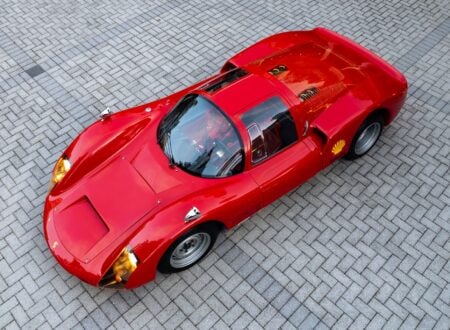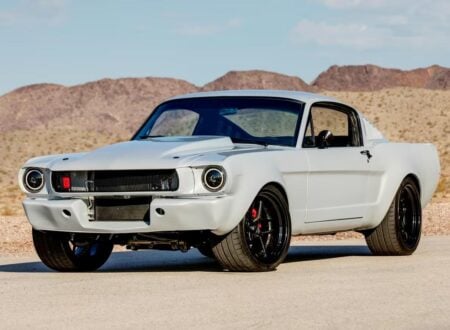The Lister Costin Chevrolet represented a new direction for the small British car maker, its slippery body was designed by aerodynamicist Frank Costin, a former engineer at the de Havilland Aircraft Company. Costin was one of the leading minds at adapting aircraft aerodynamics to racing cars, and in 1954 he was contracted by his brother Mike at Lotus to develop the advanced bodywork of the Lotus Mark VIII.
Frank, Colin, and Tony
A couple of years later Colin Chapman had been hired by Tony Vandervell at the Vanwall racing team to design a new Grand Prix car that could take the challenge to the dominant Maserati and Ferrari teams from Italy. Chapman had been deeply impressed by Costin, and so he recommended to Vanderwell that he be hired as well to design the body of the new open-wheeled Vanwall Grand Prix car. This would be the car that would begin winning races in 1956, and 1957, before winning the 1958 Formula One Constructors’ Championship outright, after winning 6 of the season’s 11 races.
The Lister Costin Chevrolet
In 1958 Costin was hired by Brian Lister to develop a new, more aerodynamic, body for the Lister car. Part of the arrangement between the two men was that if Frank designed a body for the ’58 car, he would be allowed to design an entirely new frame for it.
This new Lister Costin would be the first car to be powered by the Chevrolet Corvette V8, and unsurprisingly it would become known as the Lister Costin Chevrolet. The Costin designed Listers are immediately recognisable by their low, streamlined bodies – a noticeable departure from the Lister “Knobbly” design that had come before with its large wheel arches.
The OHV Corvette V8 was installed well behind the front axle for optimal weight distribution, and topped with 8 mesh-covered velocity stacks as a hat-tip to the notion of an air cleaner. The exhaust exits into long-tube headers that run to tubular mufflers on either side of the car, and there’s a rear-facing scoop on the bonnet to ensure plenty of cool air to feed the American V8.
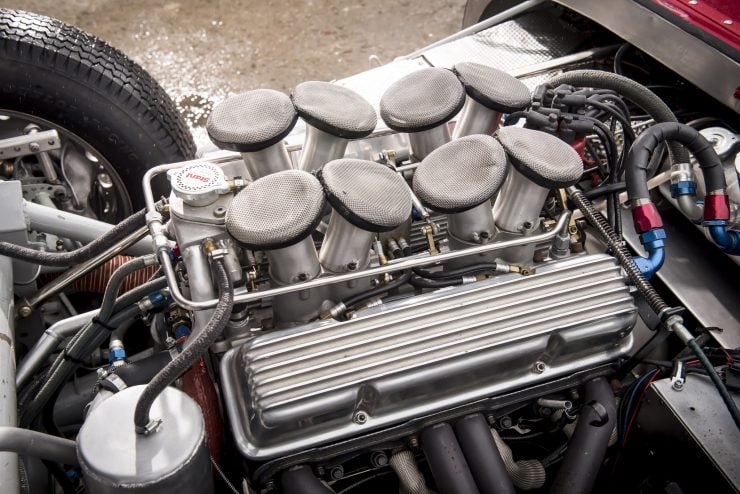
Most Lister cars of the era use a similar tubular ladder chassis, a de Dion rear axle, and inboard drum brakes – but there are exceptions. The body is lightweight aluminium with a forward-tiling bonnet to allow track-side mechanics plenty of access to the engine bay, and the cockpit has a single seat, a steering wheel on the righthand side, and a 4-speed gearbox.
The Lister Costin Chevrolet Streamliner
The red Lister Costin Chevrolet you see here was the first one too be fitted with the Corvette engine, it’s a prototype Streamliner that’s notable for being even more aerodynamically slippery than the other Lister Costing designs. It was built in 1959, and was capable of a higher top speed than its Lister-badged brethren, but this was also partially due to its new American engine.
Known by its original registration number of BHL 121, it was purchased new by John Ewers in 1959 and raced during that season at Crystal Palace (as number 64), Silverstone (as number 1), and in the following year at the Goodwood B.A.R.C. Members’ Meeting (number 98), where it entered both the Whitsun Trophy and Whitsun handicap races. In 1960, the Lister then departed the UK for Rhodesia (now Zimbabwe), where it was bought by a Mr. Jimmy de Villiers, who had it campaigned in Africa by driver John Love.
After a lengthy life in sub-Saharan Africa, BHL 121 found its way to the USA, where it was raced extensively on the west coast. Eventually the car was brought back to the UK, after a comprehensive restoration by Californian-based Canepa Design.
Since acquiring the rare Lister Costin Chevrolet Streamliner, the current owner has raced it at the Goodwood Revival in 2015 and 2016, the Goodwood Members’ Meeting in 2015 and the Donington Historic Festival in 2016.
The car is now being offered for private sale through Fiskens in London, due to its heritage and historic importance it’s not likely to remain on the market for long. This is one of those rare, one-off cars that all but guarantees the owner a warm welcome at any historic vehicle event in the world. If you’d like to read more about the car or enquire after buying it, you can click here to visit the official listing.
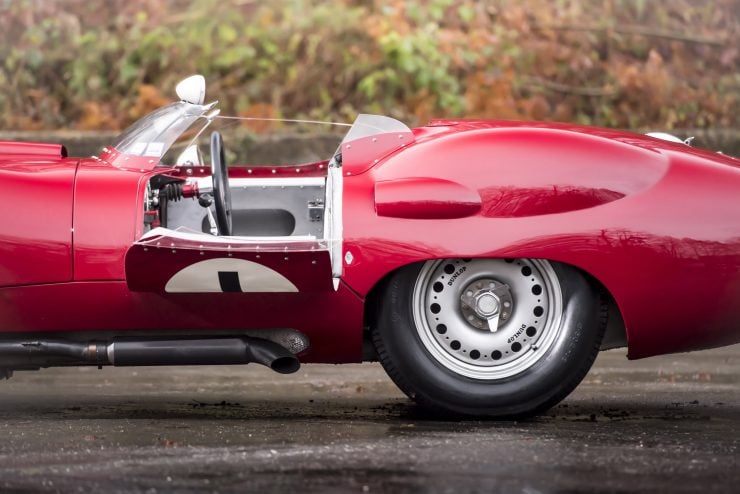
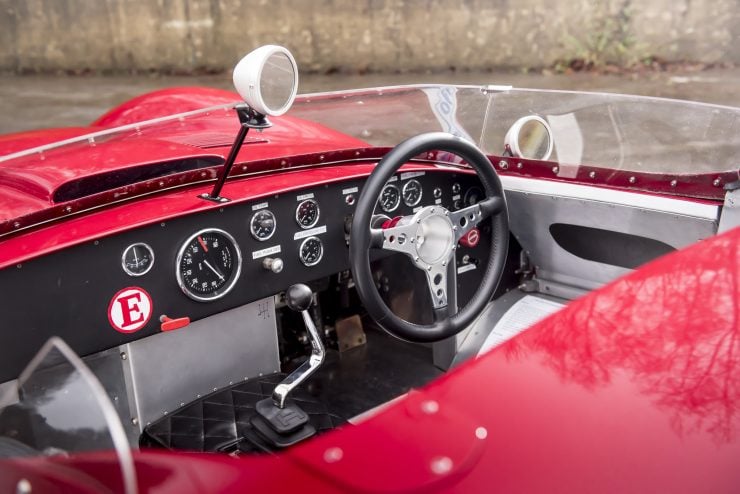
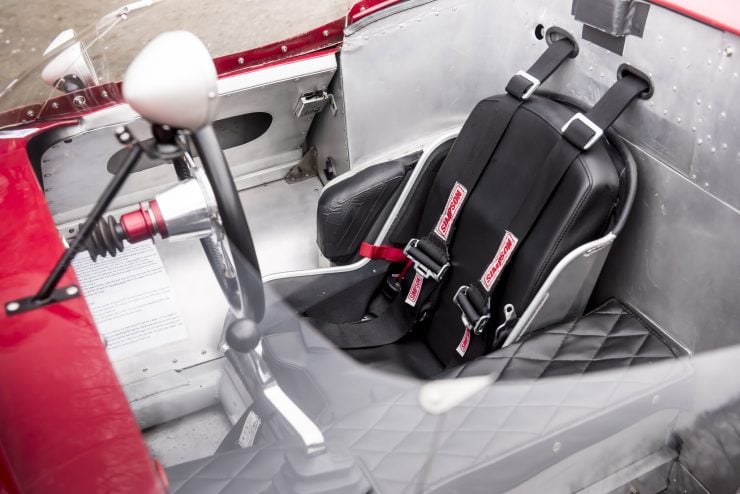
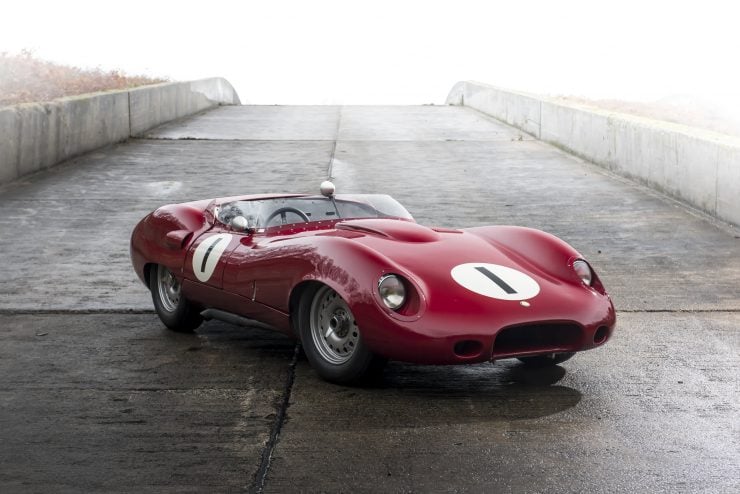
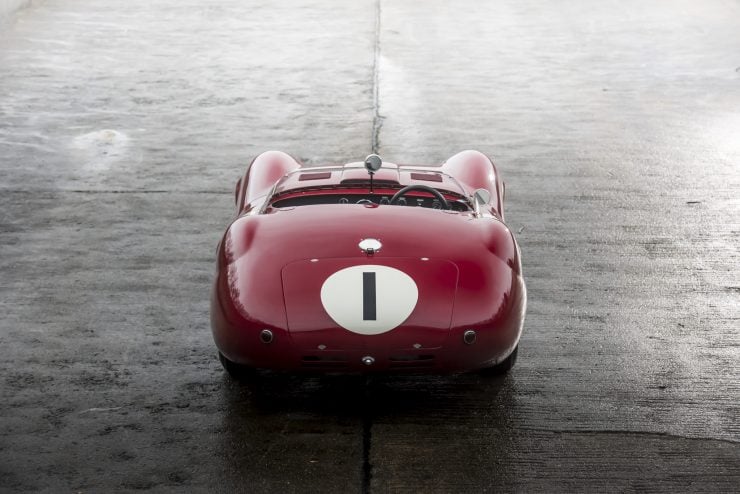
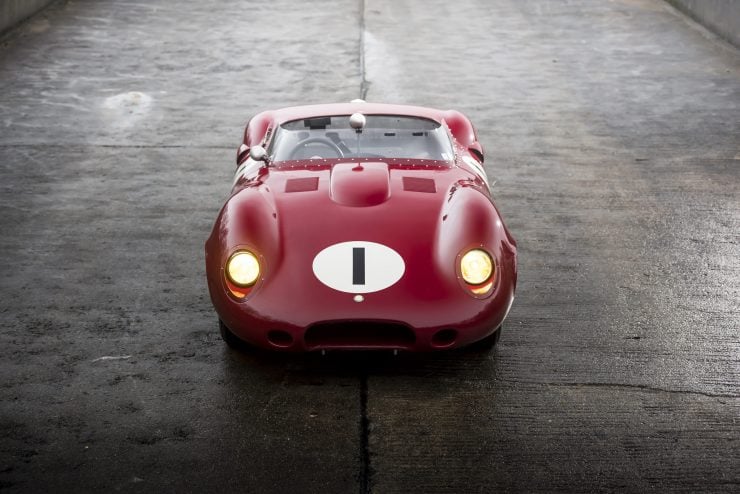
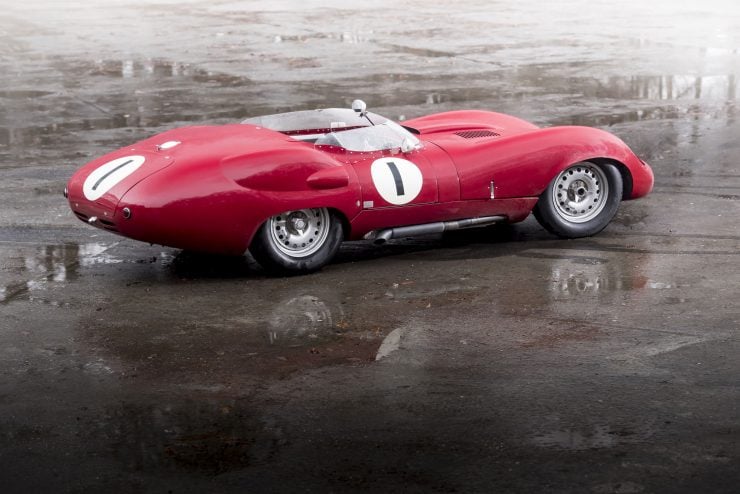
Images Copyright: Tim Scott

Articles that Ben has written have been covered on CNN, Popular Mechanics, Smithsonian Magazine, Road & Track Magazine, the official Pinterest blog, the official eBay Motors blog, BuzzFeed, Autoweek Magazine, Wired Magazine, Autoblog, Gear Patrol, Jalopnik, The Verge, and many more.
Silodrome was founded by Ben back in 2010, in the years since the site has grown to become a world leader in the alternative and vintage motoring sector, with well over a million monthly readers from around the world and many hundreds of thousands of followers on social media.

